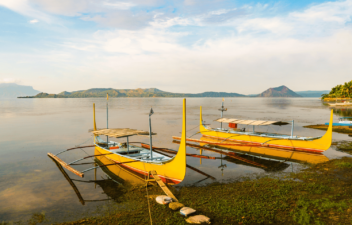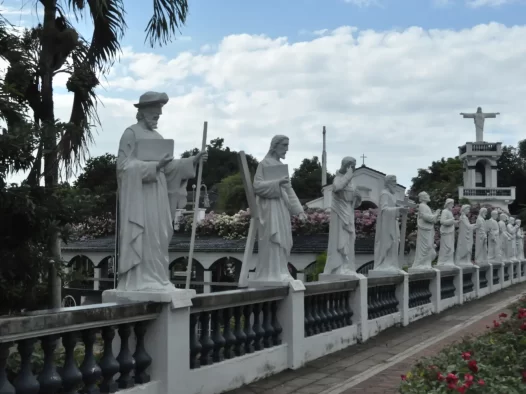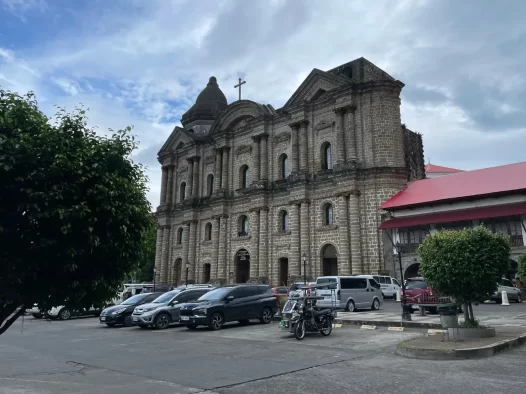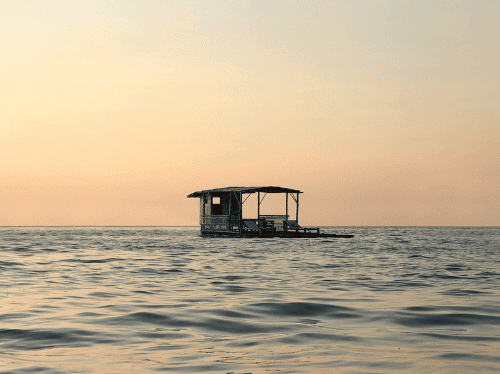Laurel
Along the scenic ridges of Aguinaldo and Diokno Highway, Laurel is a true gem blessed with awe-inspiring views of Taal Volcano and Taal Lake. The Municipality of Laurel boasts not only the famous Taal Lake and Volcano but also a treasure trove of lesser-known natural attractions. Among these are the enchanting Malagaslas Falls, situated between Barangay Paliparan and San Gabriel. The crystal-clear freshwater of Malagaslas invites picnics and weekend getaways for families and friends, as huts are thoughtfully set up beside the falls. Ambon-Ambon Falls, just a few trekking footsteps away, captivates visitors with its dual water drop-offs and breathtaking surroundings. The tunnel-like river path leading to the falls, embraced by lush trees and cutting into a large rock, creates a mesmerizing sight. Both Malagaslas and Ambon-Ambon Falls offer a delightful swimming experience, with their clear waters providing a refreshing escape.
Additionally, the town embraces spiritual sanctity with Antona Chapel, a cave-turned-chapel in Barangay San Gabriel, drawing thousands of pilgrims during Holy Week as part of their sacred devotion. Laurel’s diverse array of natural wonders and spiritual retreats make it a true haven for tourists seeking solace in the midst of nature’s wonders. The town’s rich tapestry of enchanting waterfalls, captivating landscapes, and sacred spaces offers a unique and immersive experience that invites visitors to connect with both the breathtaking beauty of the environment and the profound sense of spirituality. Whether marveling at the majesty of Malagaslas and Ambon-Ambon Falls or seeking solace in the hallowed grounds of Antona Chapel, Laurel beckons travelers to find harmony and serenity in the embrace of nature’s wonders and spiritual sanctuaries.
History and Heritage
Laurel was originally known as Bugain (from the word “BUGA” – a black cinder formed from fly ashes during the Taal Volcano eruption) with very few settlers as it was once only a remote barrio of Talisay. After the 1911 Taal Volcano eruption, the human population grew, and agricultural cultivation began as the local’s primary source of livelihood. During that time, people still had no access to neighboring areas except through foot trails and shorelines while several bamboo rafts and bancas were the only means of transportation. However, it was not a hindrance to enabling the place and its people to grow peacefully and progressively.
The flat area known as Nayon ng Bayuyungan, derived from the word “Bayong” representing a native rice bag woven from buri palm, held a special significance as the central hub connecting all other barrios. Inspired by the vision of Messrs. Jose Macaraig, Mr. Placido T. Amo (both deceased), and Mr. Severino Amo, the residents of barrios Berinayan, Balakilong, As-is, San Gabriel, Bugaan, Buso-buso, Ticub, and Bayuyungan signed a petition seeking to establish their independence as a separate town with its own governing body. The initial endorsement came from former Senator Maria Kalaw Katigbak, who presented the petition to ex-President Diosdado Macapagal. Despite the determination of the people of Bayuyungan, they faced the challenge that, during that time, the conversion of a barrio into a town required approval from the Congress and not through a Presidential Proclamation.
Undeterred by the obstacles, Vice Mayor Placido T. Amo took up the cause and sought support from Mayor Amando Laurel and the Municipal Councilors. Together, they forwarded a resolution to Batangas Governor Feliciano Leviste, and the Provincial Board promptly endorsed the resolution to the former speaker of the House, Hon. Jose B. Laurel, Jr. Finally, through House Bill No. 17628 and Republic Act No. 5689, dated June 21, 1969, the Municipality of Laurel was established, in honor of the late Jose P. Laurel, Sr., comprising seven (7) barrios, with Bayuyungan designated as the Poblacion area.
On November 8, 1971, the first set of officials assumed their roles, with Hon. Placido T. Amo as Mayor, Hon. Deogracias J. Natanauan as Vice Mayor, and Hon. Pascual Bihis, Hon. Galicano Barrion, Hon. Severino Endaya, Hon. Alipio Canta, and Hon. Gemeniano Palomeno serving as Municipal Councilors. The Municipality of Laurel celebrated its inaugural Foundation Day on March 9, 1972, commemorating the birth anniversary of the late Jose P. Laurel, Sr. Since then, the municipality has flourished and progressed, encompassing a total area of 7,129.29 hectares, envisioned for Agri-Eco-Tourism. The foresight of its dedicated pioneers and the unwavering spirit of its residents have transformed Laurel into a thriving community, embracing its historical heritage, and fostering a vision for a sustainable and vibrant future.
Climate
The rainy season starts on May and ends on November. When December comes, the people experienced a very cool dawn. The summer season on the month of January to the end of April.
If you prefer a hassle-free trip, you can rent a car or hire a private vehicle for more convenience and flexibility. Public transportation, such as buses and jeepneys, is also available and can be a more budget-friendly option.
Batangas: Where history, beauty, and resilience converge, creating a tapestry of captivating stories and unforgettable moments.
Tilapia Festival
The Tilapia Festival, a delightful celebration held in conjunction with the Founding Anniversary, enthralls the senses with its tantalizing aromas, irresistible flavors, and captivating culinary displays. This festival serves as a remarkable platform for the talented residents of Laurel, Batangas, to showcase their culinary prowess in an exhilarating cooking competition reminiscent of the esteemed Master Chef. Drawing participants from the local area, this thrilling contest revolves around Tilapia, the pride and joy of Laurel, Batangas, as the star ingredient. With Tilapia at the forefront, contestants are urged to unleash their creativity and innovation, crafting a delectable array of dishes that highlight the exceptional versatility of this freshwater fish.

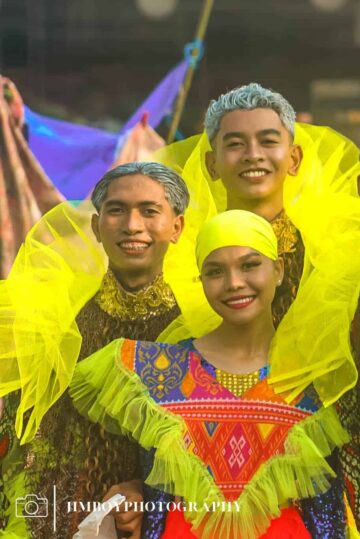

IMAGES BY JIMBOY PHOTOGRAPHY
Local Attractions
Batangas in the Philippines offers a range of local attractions that cater to various interests. These are just a few of the attractions you can explore in Batangas. Whether you’re interested in history, nature, or relaxation, the city offers something for everyone.
Getting Around

Buses
Buses provide transportation for longer distances, connecting Batangas with other regions and provinces. These buses have designated terminals and offer a more comfortable option for longer journeys.
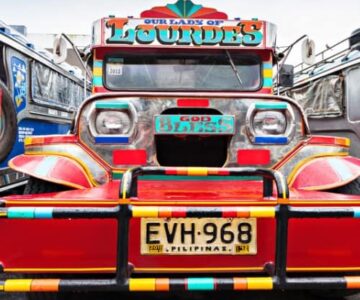
Jeepneys
Jeepneys are a staple mode of public transportation in the Philippines. They are colorful, elongated jeeps that can carry multiple passengers. Jeepneys follow specific routes and have fixed fares.
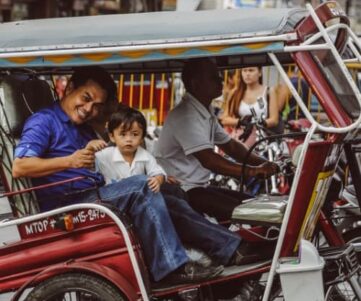
Tricycles
These motorized vehicles consist of a motorcycle with a sidecar, which can accommodate around 3 to 4 passengers. Tricycles are commonly used for short trips within the city, and fares are usually negotiable.
